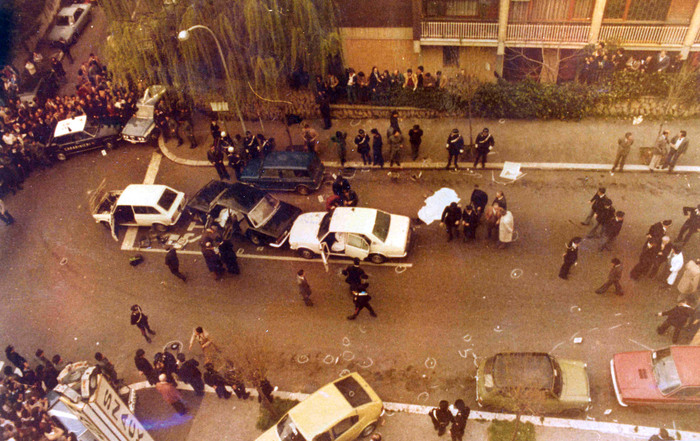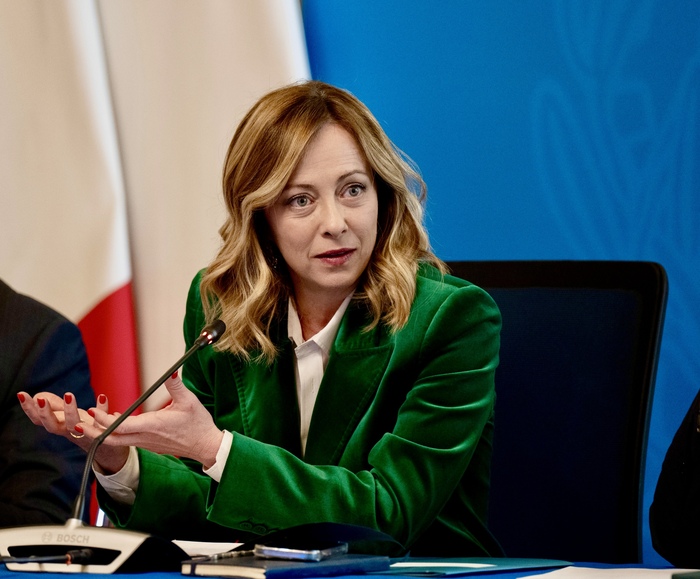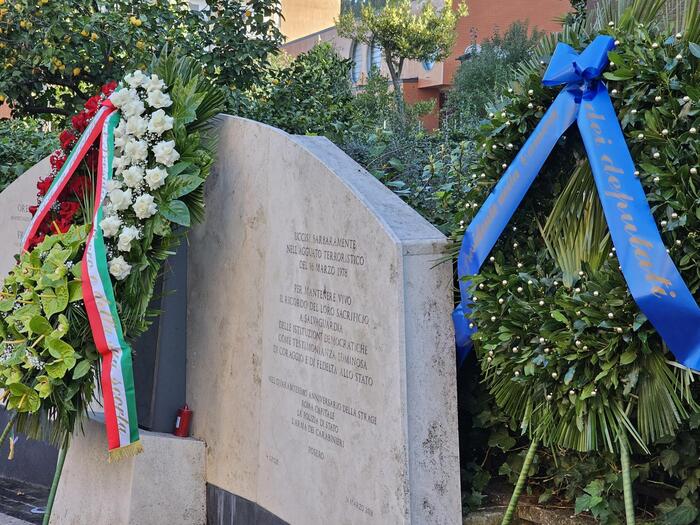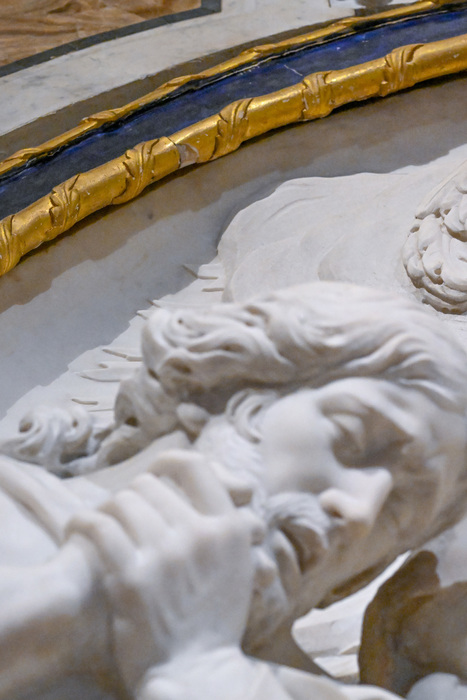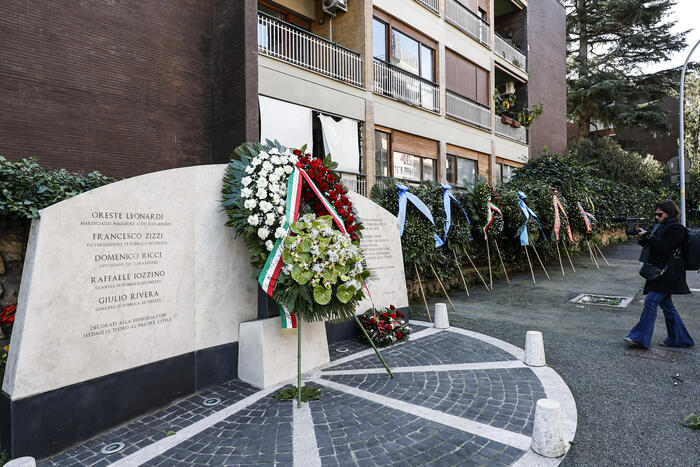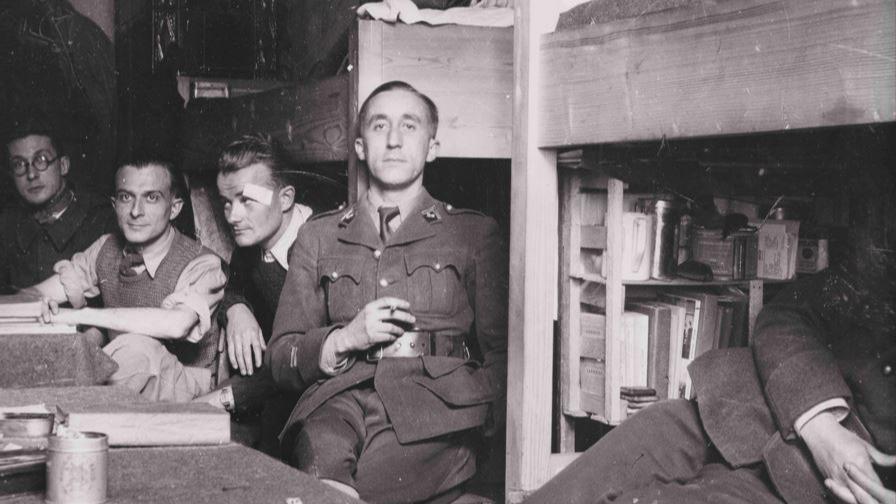"I was told very clearly that I am considered a political prisoner, subject - as president of the DC - to a process aimed at ascertaining my thirty-year responsibilities ...". The letter from Aldo Moro delivered on 29 March 1978 to Francesco Cossiga is only a small fragment of the 550 thousand pages that tell the kidnapping, the assassination of the statesman, the Red Brigades and the years of lead, but also the whole drama of a man reduced to imprisonment. Folders that contain finds, debates, interrogations, letters and photographs of the five proceedings (four trials) on the murder of the Christian Democrat leader. 42 years later and Covid was in full swing, the digitization of this huge, very important documentation is taking place in an Italian prison: Rebibbia in Rome. Here, seven inmates, struggling with court papers and scanners, work to make these testimonies intangible and more accessible. They also work to save a dramatic piece of Italian history from the neglect of time. And just in these days they have concluded all the operations concerning the first preliminary procedure of the first trial (the so-called "Moro uno"). After a suspension of a few months due to the epidemic, the project was back on track this summer. To date, the inmates, strictly in masks, operate in a video surveillance environment in the prison and scan the papers that make up the files in the precise order in which they find them, under the constant supervision of three archivists-trainers. Leading the team formed by Maria Carmela De Marino, Paolo Musio and Elvira Grantaliano is Professor Michele Di Sivo who in 2017 launched, together with them, Eleonora Lattanzi, Enzo Pio Pignatiello and restorer Alessandra Terrei, the preparatory study of the documentation. Then, the contents of the papers were entered in the database of the State Archives of Rome and the folders were transported from the Corte di Assise di San Basilio to Rebibbia. In an initial phase, the prisoners 'chosen' for this activity had to follow training courses and today they can see and touch crucial testimonies of the history of Italy. "At the beginning I placed only one condition in the choice of participants: that they were non-political prisoners - says Di Sivo -. Given the topic, it seemed necessary to me. For them it is proving to be a strong experience, both for the elderly and remember having lived through that period and even what they were doing when the news of the discovery of the body arrived, both for the youngest who at first did not even know who Aldo Moro was. Many told us they were impressed by the leaflets and press releases of the BR . In the end, everyone understood the enormous political significance of this affair, instinctively showing human solidarity with the Christian Democrat statesman ". The director of the prison Rosella Santoro is also very satisfied with the project, promoted by the Ministry of Justice and that of Cultural Heritage: "It is a wonderful initiative and the prisoners who participate in it are very good". The tutors who used to come three times a week now go through the gates of Rebibbia almost every day: it is necessary to digitize the "Moro bis", then the trial and, therefore, continue with the other three trials. Estimated time: at least two more years. De Marino, a freelancer in this job is putting her brain and heart into it. "For me it is an experience of high professional and above all human depth", he comments. He defines the seven inmates he works with "motivated, full of tact and sensitivity. A continuous and productive confrontation is created - he continues -. They are proactive, each according to their own skills. They show deep gratitude for this opportunity to reflect, grow and use the their time in a productive way. In short, a climate of trust has been created. Especially among the younger ones, they think that Aldo Moro's sacrifice should be honored. I do not exclude, given the interest shown, that some of them may undertake studies in the future. sector of cultural heritage and in particular of archives ". One of the outcomes of this work was also the publication of the "Memoriale di Aldo Moro, 1978. Critical edition" directed by Di Sivo himself. The inmates asked him to present him in prison. "Once the Covid crisis is over - he assures him - I will keep this promise".
Digitized Moro trials, prisoners save history
2020-10-30T17:21:00.008Z

Letters and interrogations stolen from paper. At work in Rebibbia (ANSA)

